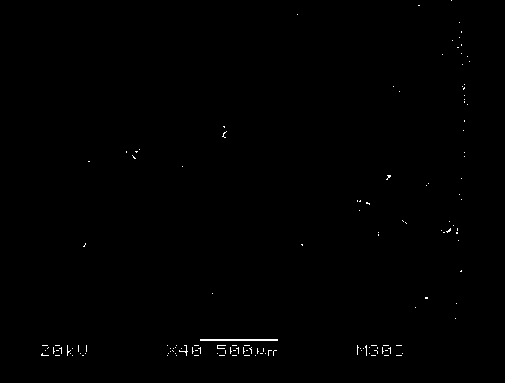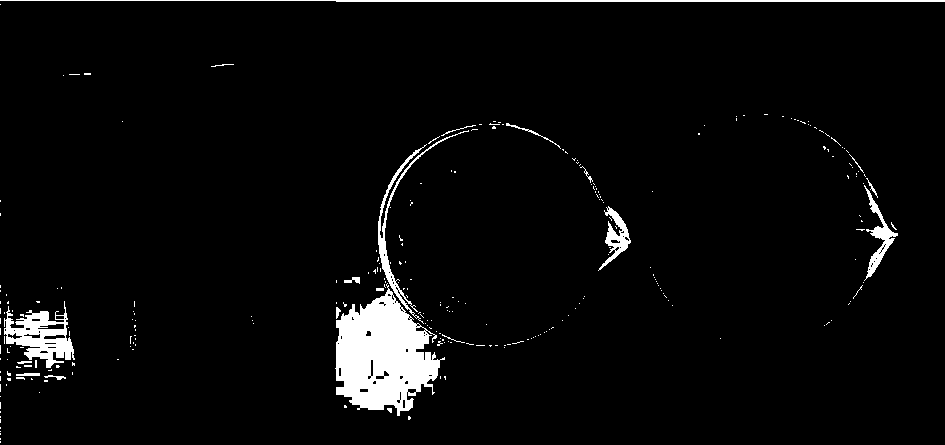Processing method for waste old rubber powder used for cement-based material
A technology of waste rubber powder and cement-based materials, which is applied in the field of building materials, can solve the problems of high modification cost and inconvenient construction, and achieve the effects of increasing bonding strength, facilitating uniform distribution, and increasing density
- Summary
- Abstract
- Description
- Claims
- Application Information
AI Technical Summary
Problems solved by technology
Method used
Image
Examples
Embodiment 1
[0024] Embodiment 1: the goods of rubber concrete
[0025] 18000g of 40 mesh waste rubber powder (90%) and 2000g of 40 mesh diatomite (10%) were stirred for 5 minutes by a stirrer to prepare a mixed raw material; the mixed raw material was made into rubber cement base powder through a roller extruder. The rubber concrete modules were prepared according to the test methods of JGJ55-2000 and JTG F30-2003. (See Table 1)
[0026] Table 1 The amount of various materials in concrete
[0027] .
[0028] The flexural and compressive strength test results of embodiment 1 rubber concrete are shown in image 3 and Figure 4 .
[0029] From the comparative flexural and compressive strength test results, it can be seen that when the ratio of rubber cement-based powder is 5%, the flexural strength is higher than that of cement concrete without rubber cement-based powder; When the proportion is 5%, 10% and 15%, the compressive strength is higher than that of cement concrete without ...
Embodiment 2
[0030] Embodiment 2: the goods of elastic grout stone block
[0031] 40 kg of 40-mesh waste rubber powder (80%) and 10 kg of 40-mesh diatomite (20%) were stirred by a mixer for 5 minutes to prepare a mixed raw material; the mixed raw material was made into rubber cement-based powder through a roller extruder. Rubber cement base powder is added to the cement slurry according to the weight ratio of 4%, 6% and 8%, to obtain rubber cement stone.
[0032] Table 2 Mechanical properties of rubber cement stone system
[0033] .
[0034] Table 3 Comprehensive mechanical properties of rubber cement system
[0035] .
[0036] Through the analysis of the mechanical properties of cement stone, it can be found that the main performance of improving the elasticity of cement stone is the increase of Poisson's ratio and the decrease of elastic modulus. By comparing the elastic modulus of cement stone with different additions of rubber cement-based powder, the dynamic test found that ...
PUM
| Property | Measurement | Unit |
|---|---|---|
| Elastic modulus | aaaaa | aaaaa |
Abstract
Description
Claims
Application Information
 Login to View More
Login to View More - R&D Engineer
- R&D Manager
- IP Professional
- Industry Leading Data Capabilities
- Powerful AI technology
- Patent DNA Extraction
Browse by: Latest US Patents, China's latest patents, Technical Efficacy Thesaurus, Application Domain, Technology Topic, Popular Technical Reports.
© 2024 PatSnap. All rights reserved.Legal|Privacy policy|Modern Slavery Act Transparency Statement|Sitemap|About US| Contact US: help@patsnap.com










